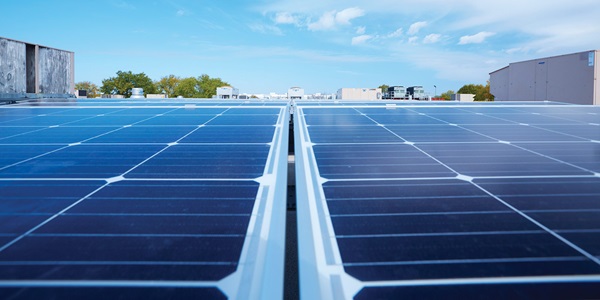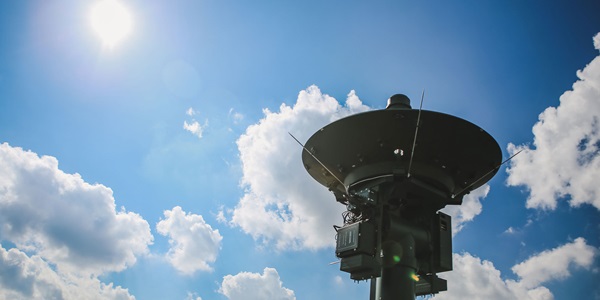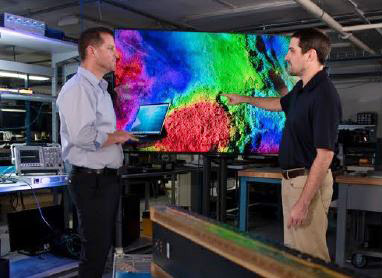Northrop Grumman has set an ambitious goal to achieve “Net Zero” greenhouse gas emissions by 2035.
Seeing the [Future] Forest Through the Trees
Through Hyperspectral Imaging, We’re Transforming Forest Health and Long-Term Sustainability
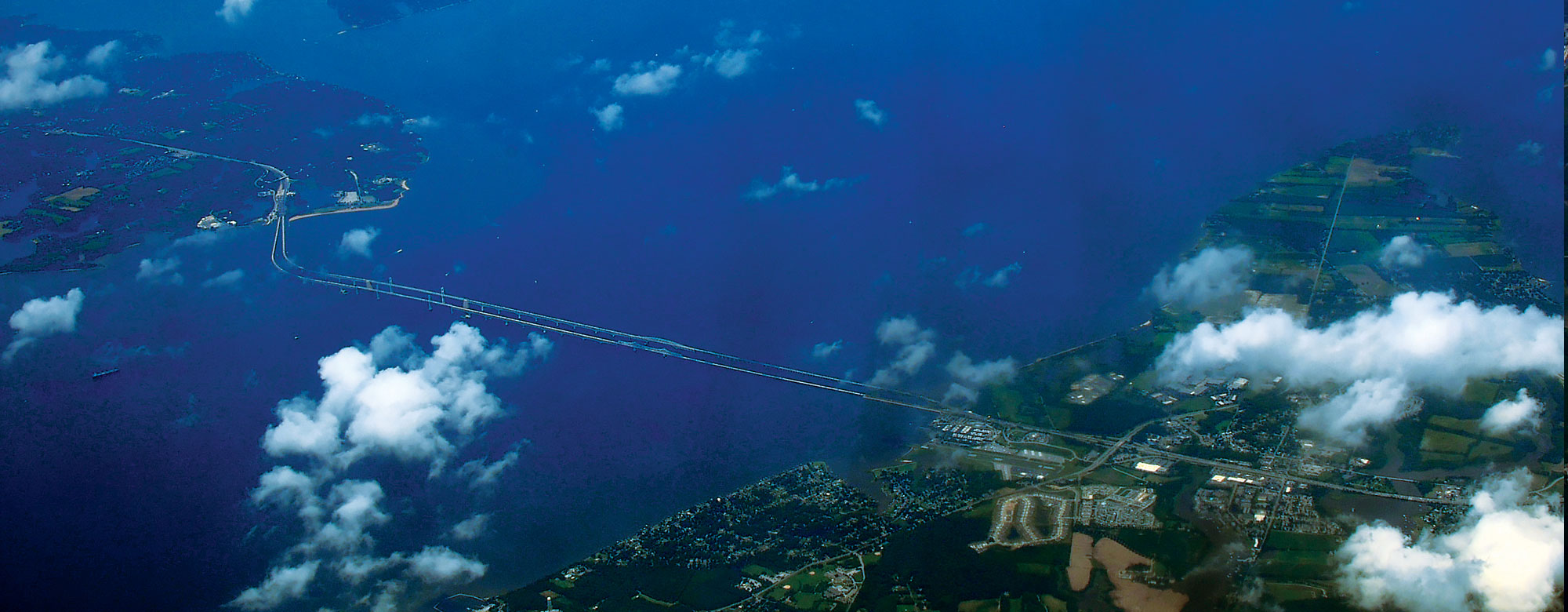
By Adam Stone
What's in the soil and water? How is the changing climate impacting the land and sea, and what can be done now to protect them for the future? These are complex matters that impact our quality of life and national security.
In collaboration with NASA's Jet Propulsion Laboratory, we're working to simplify these assessments through our Hyperspectral Onboard Processing Queue (HOP Queue) project in the New Jersey Pine Barrens.
The HOP Queue project was born out of our Technology for Conservation (T4C) initiative, which leverages engineering expertise to help solve environmental sustainability challenges. In the case of the HOP Queue project, we are working to help answer some of the toughest forest wellness and water quality questions using hyperspectral imaging, which can see beyond visible light, and our rich 30-year history in data processing expertise.
"Hyperspectral imaging is essentially a data challenge, and we have extensive experience with both the processing hardware and the algorithms needed to generate outcomes here," said Kelly Davis, Northrop Grumman senior staff systems engineer and technical fellow.
Our state-of-the-art hyperspectral imaging systems operate across hundreds of wavelengths to paint precise portraits of forest health, beyond what's readily visible. That's especially important as climate change and shifting weather patterns put forests at increased risk of fire, flood and other perils. Large-scale monitoring with a modernized imaging system makes signs of a healthy forest — like sediment absorption and run-off — more readily visible; this helps us spot potential threats to forest health and can trigger a quicker, more effective response in support of long-term sustainability.
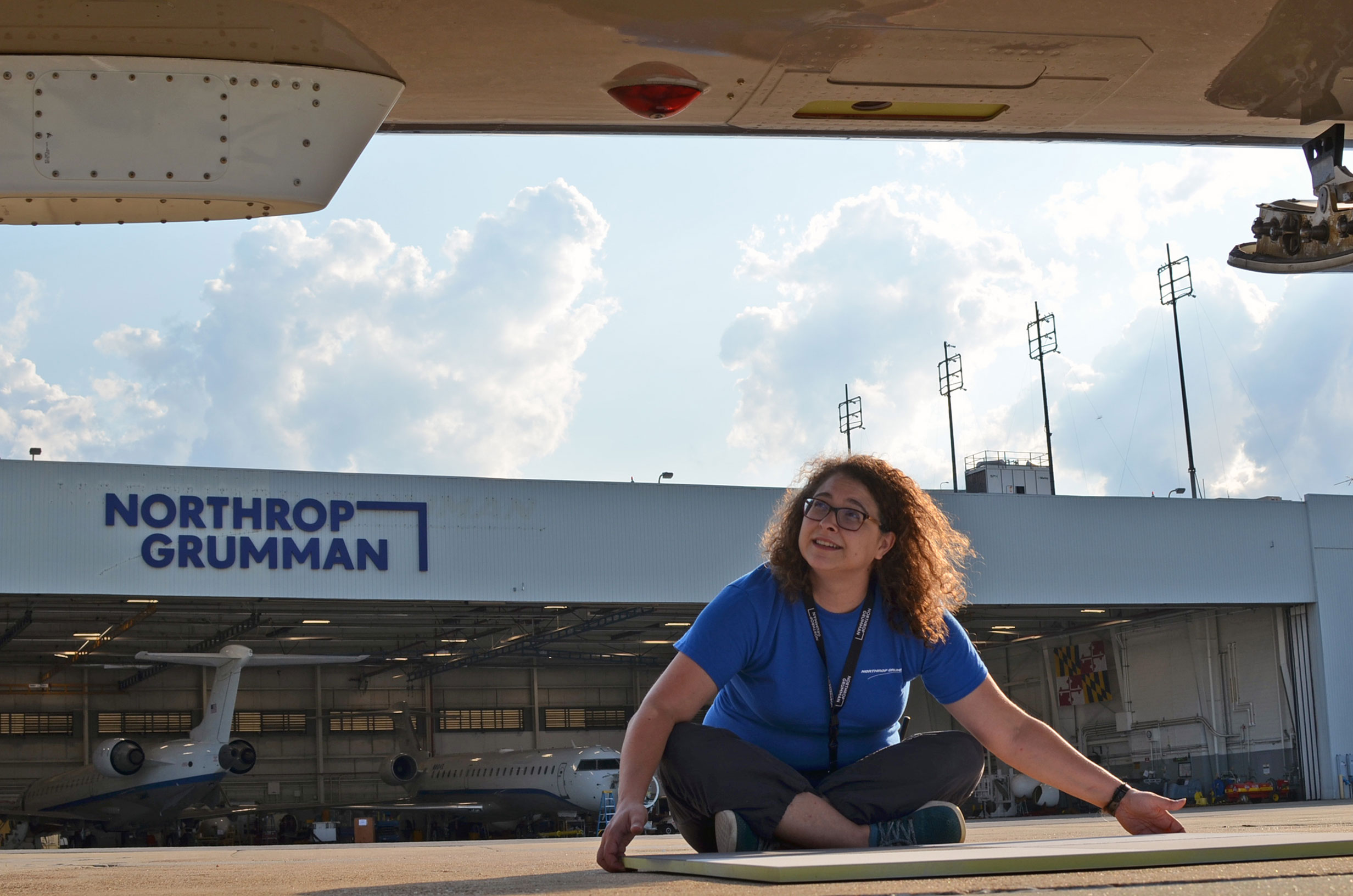
Seeing Sustainability in Real Time
A hyperspectral-dependent system can detect not just nutrient and solution run-off, but also microplastics, algae growth and O2 hypoxia. It can look at forest fires, burn areas and biodiversity of forested areas and give conservation experts augmentations to satellite-based observations for environmental monitoring. This is helpful because while satellites can gather vast tracts of hyperspectral data, they lack the storage capacity to hold it all.
"You only have so much storage onboard the satellite. Collected data is generally transmitted to earth to be processed on the ground, which is time-consuming, costly and labor intensive,” said Kelly.
Our team developed onboard processing, which significantly reduces the storage problem as it offers a way to get answers faster by analyzing the data while still aboard satellites. Supported by artificial intelligence accelerators and graphics processing units, onboard processing gives analysts the ability to see in real-time what's happening on the ground.
"They can overlay hyperspectral data onto a regular image or picture and say, for example, 'These trees over here are not likely to cause a wildfire, because there's enough moisture in them,'" Kelly explained.
Looking Ahead
The pilot effort in the Pine Barrens has already demonstrated that HOP Queue can collect and analyze data in near real-time, much faster than could be done with current capabilities. This has been shown to accelerate the response to forest fires and other environmental crises. Now the team is working to optimize the processing hardware and make other changes that will directly impact environmental outcomes.
"We are talking with the U.S. Forest Service about doing pre- and post-burn data collection for the forests in New Jersey next year, and we're really excited about that," said Kelly.
For that, we will be combining hyperspectral data with light detection and ranging (LiDAR) data to get an even more complete picture of forest health.
"Hyperspectral data can tell you about the top of the forest, like the canopy," said Kelly. "The LiDAR can actually penetrate and tell you more about what's happening inside the forest, including at the forest floor."
Looking beyond the Pine Barrens, Kelly sees a range of potential uses for HOP Queue. NASA and various commercial entities, for example, are interested in the ability to detect methane links, which have been tied to climate change. Onboard processing could also help defense agencies assess battlefield data and get actionable insights out to soldiers in the field more quickly.
"Any time you're delivering information faster, enabling people to make informed decisions quickly — that is a good thing," said Kelly.
To explore Northrop Grumman's commitment to sustainability, check out our 2022 ESG Report. If you're interested in defining possible with us, check out what life at Northrop Grumman is like.
